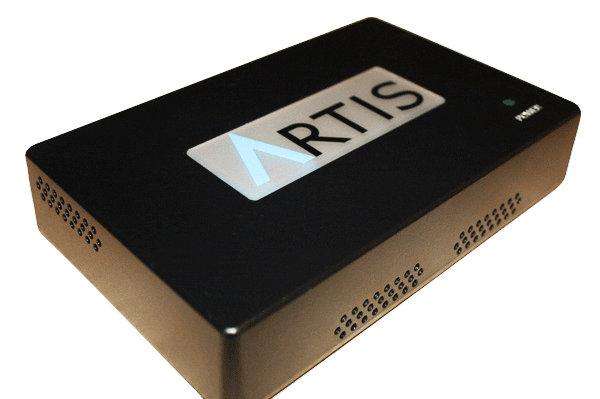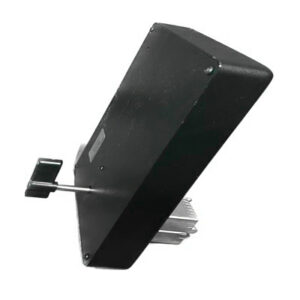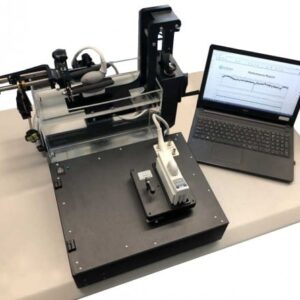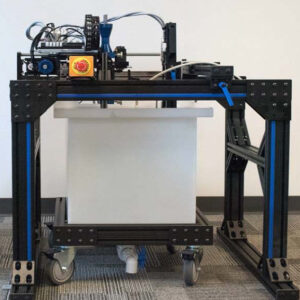Frequency Sweep: Direct Digital Frequency Synthesis
Accuracy/Stability: +/-80ppm
Range: 0.05 – 100MHz
Sweep Time: 0.1 to 8.0 seconds
Source to Hydrophone Distance: Continuously variable
Source Output: -20 to +20dBm, +/-0.5dB (0.5MHz to 50MHz) into a 50 Ohm resistive load
Sensitivity: +/-0.5 Vp-p +/-0.5dB for full scale (0dB) output at 5MHz
Gain: Adjustable from 0 to 60dB, accuracy +/-0.5 dB at 5MHz
Frequency Response: +/-3dB from 0.5 to 60 MHz
Resolution Bandwidth: <1Hz to 30kHz
Input Impedance: selectable high impedance or 50 Ohms
IF Sampling: 16 bit A/D, two megabytes sample storage
Dynamic Range: > 100dB
Operating Environment: +10 to +40°C
Storage Environment: -25° to +65°C
Power: 90-264 VAC, 47-63Hz
*subject to change without notice
Artis™
Artis™ is a powerful, yet easy to use acoustic time delay spectrometry (TDS) device designed and developed in the ISO/IEC 17025:2017 accredited acoustic testing laboratories of Acertara. Artis™ was conceived to address the need for acoustic measurement professionals to have a tool that could be used to quickly and accurately cross calibrate hydrophones. Artis™ can also determine hydrophone and transducer directivity, as well as functioning as a high resolution and accurate device for determining the acoustic properties in various materials used in conjunction with both the design of an ultrasound probe, as well as in various through-transmission materials such as acoustic gel. Artis™ can be used in determining the receive sensitivity of an ultrasound probe being used in conjunction with photoacoustic excitation of ultrasound targets.
A major design goal of the Artis™ was to replace certain key functions found in the HP3585 spectrum analyzer, a device that has long been obsolete yet which is still being relied upon in acoustic laboratories around the world. The objective was not to simply replace the HP3585 functionality for Artis™ measurements, but to exceed those capabilities in a number of important areas, including high frequency limit, complete flexibility in selecting time delay spectrometry parameters, and the ability to provide both amplitude as well as phase information.




